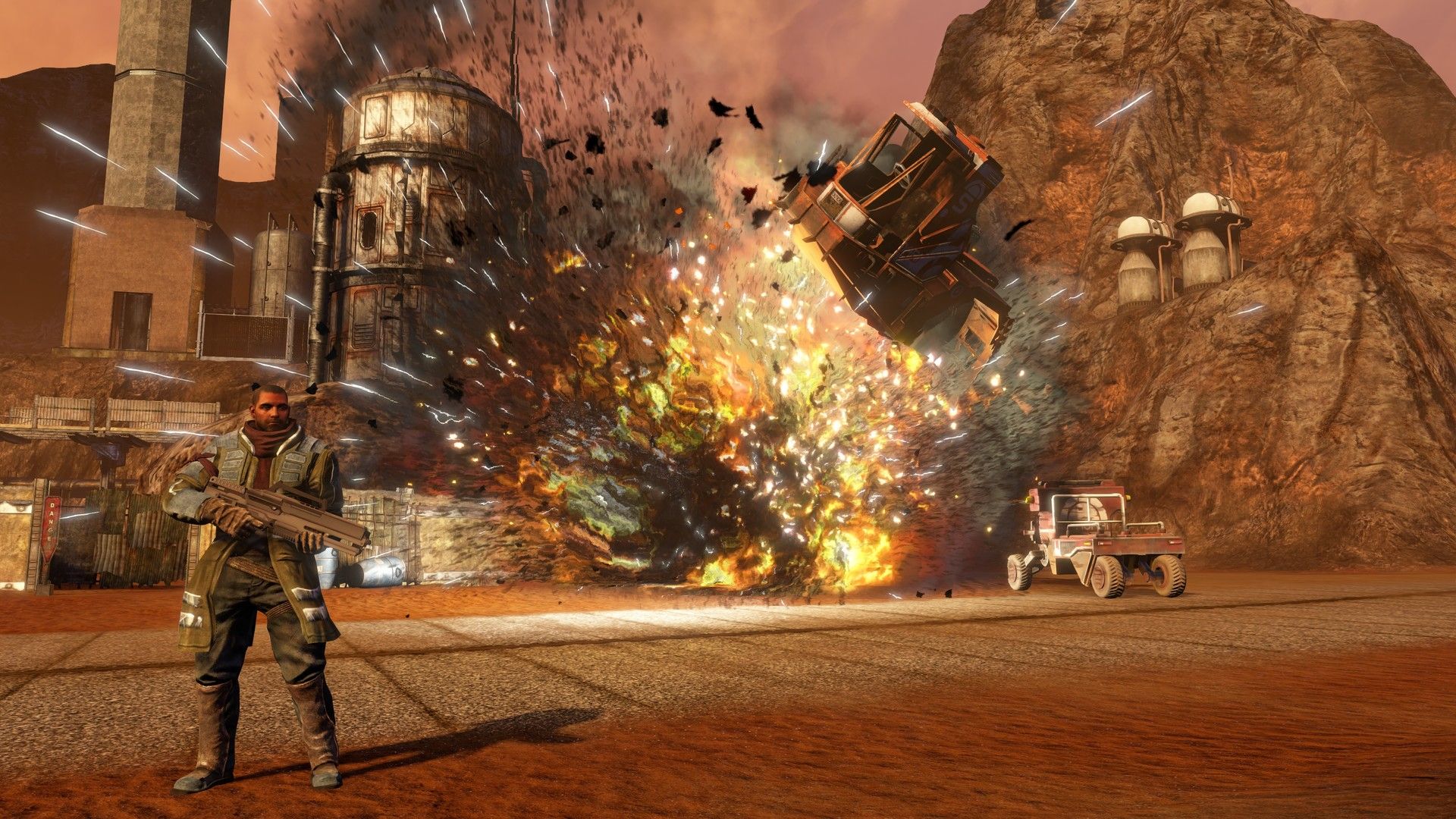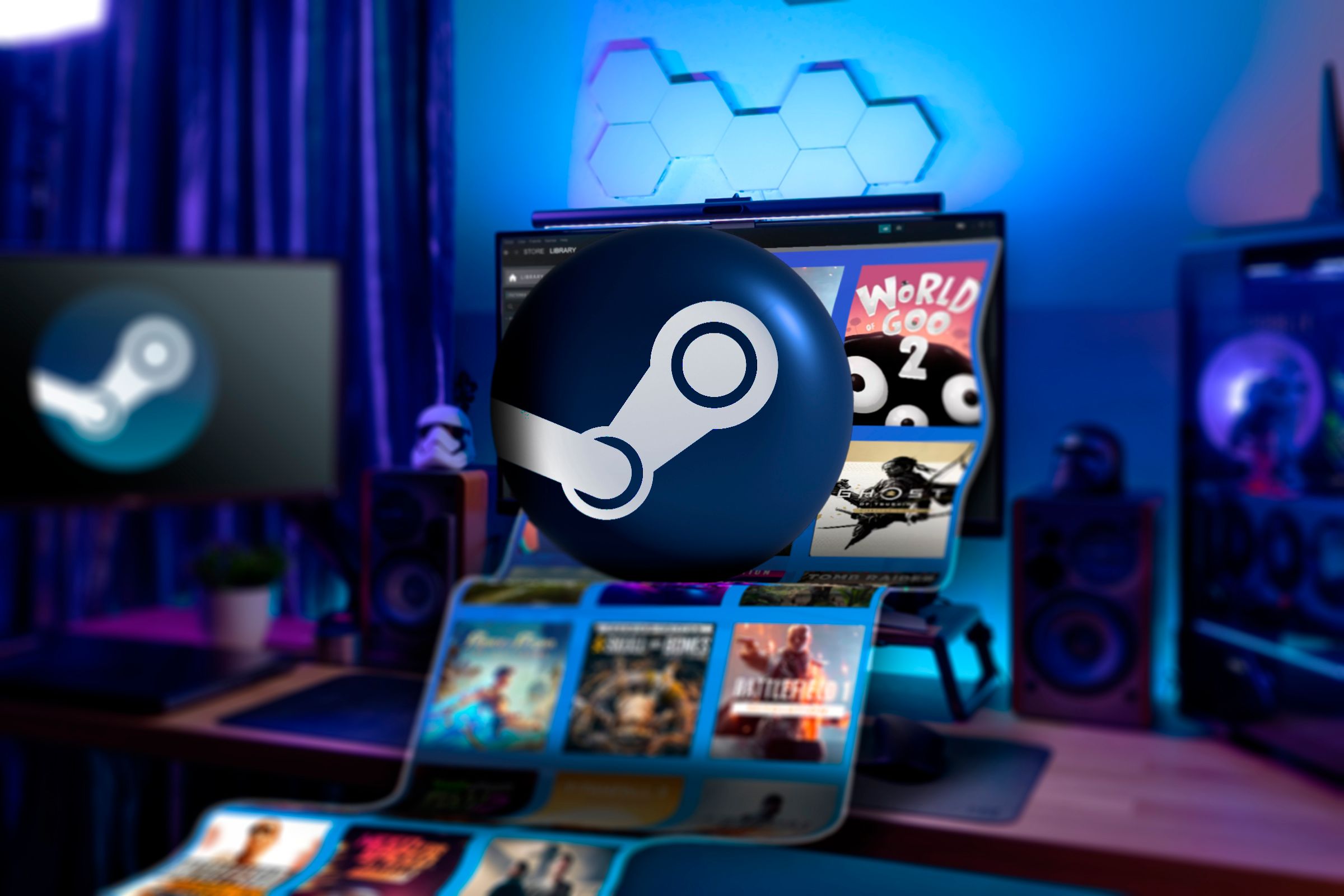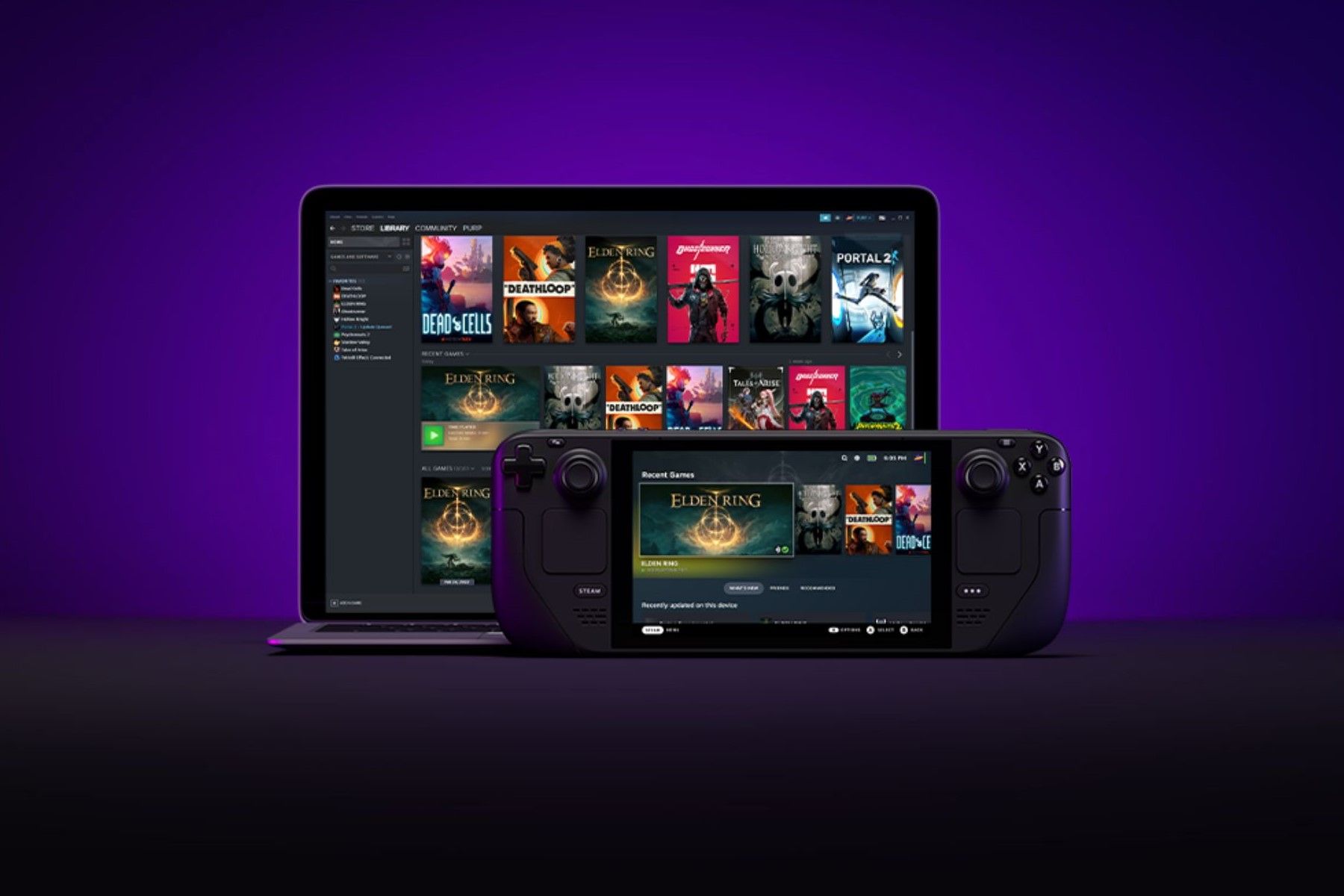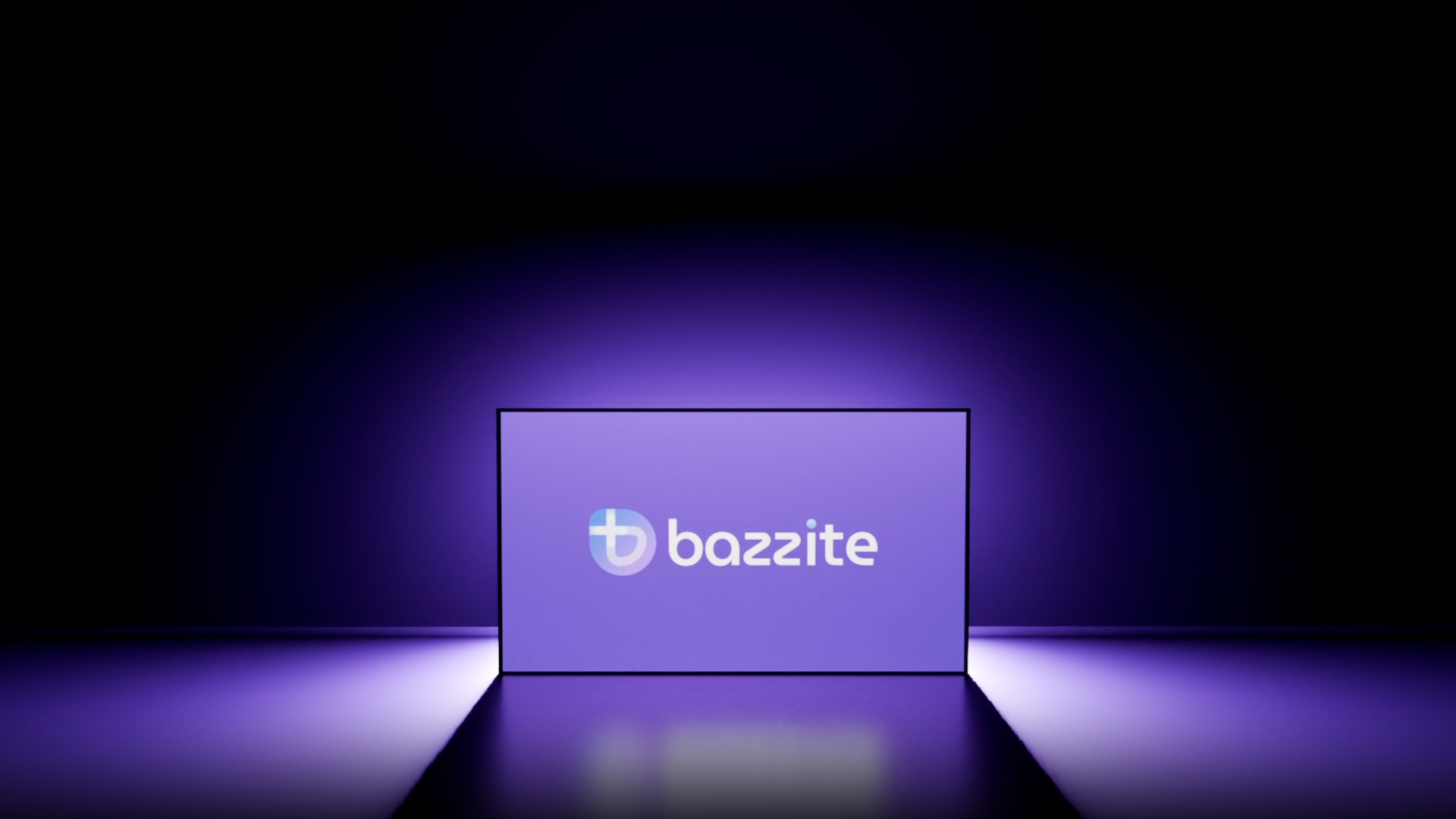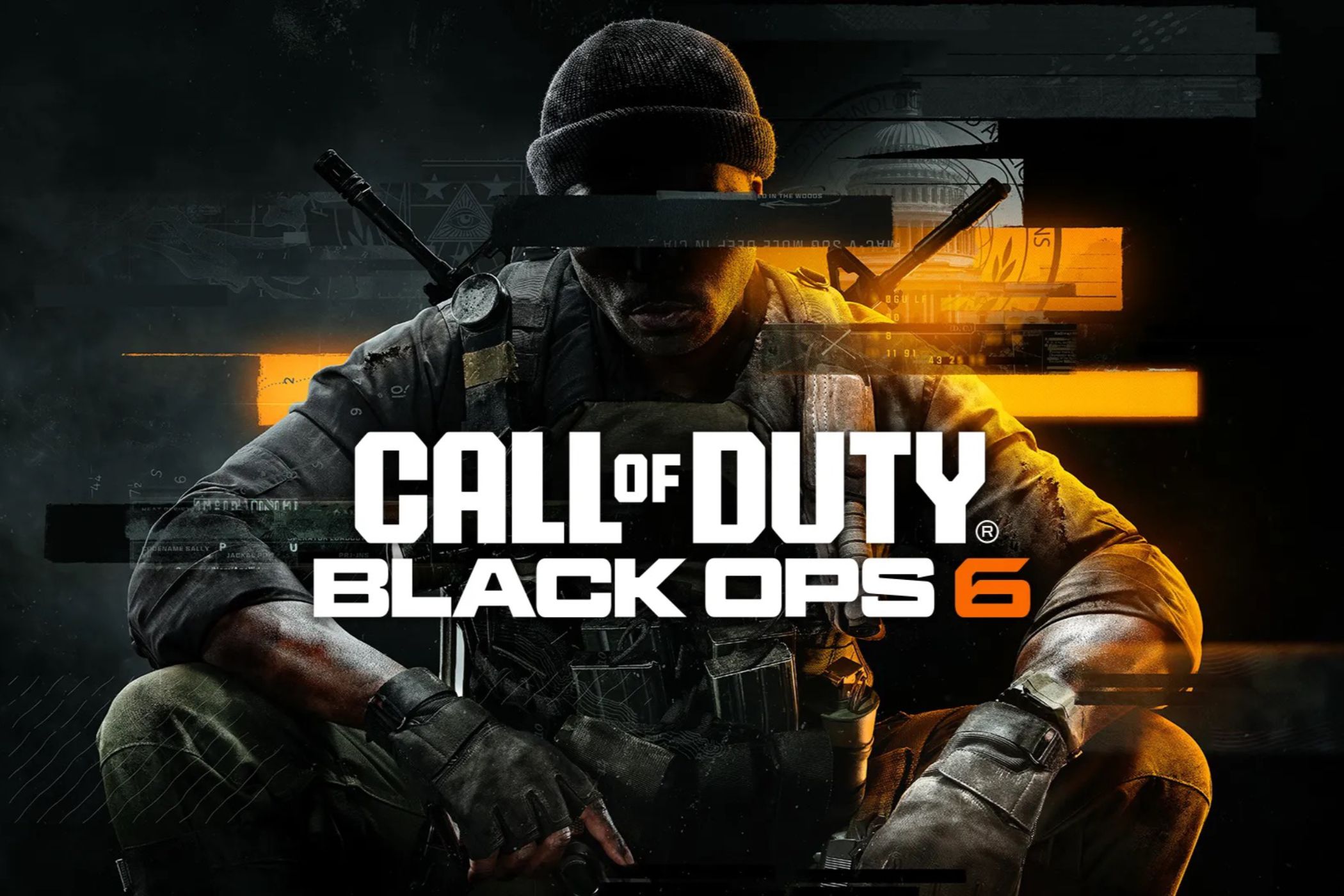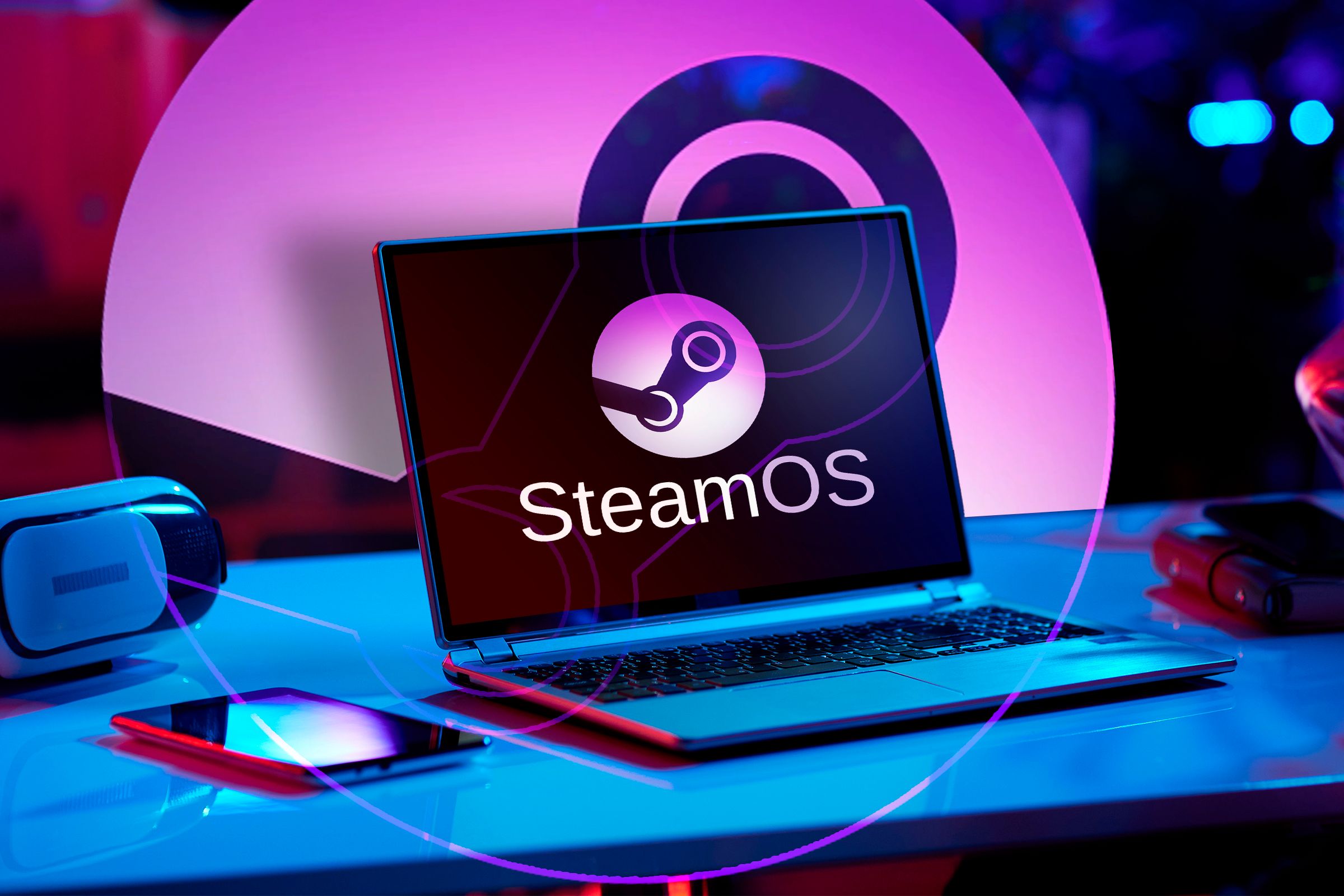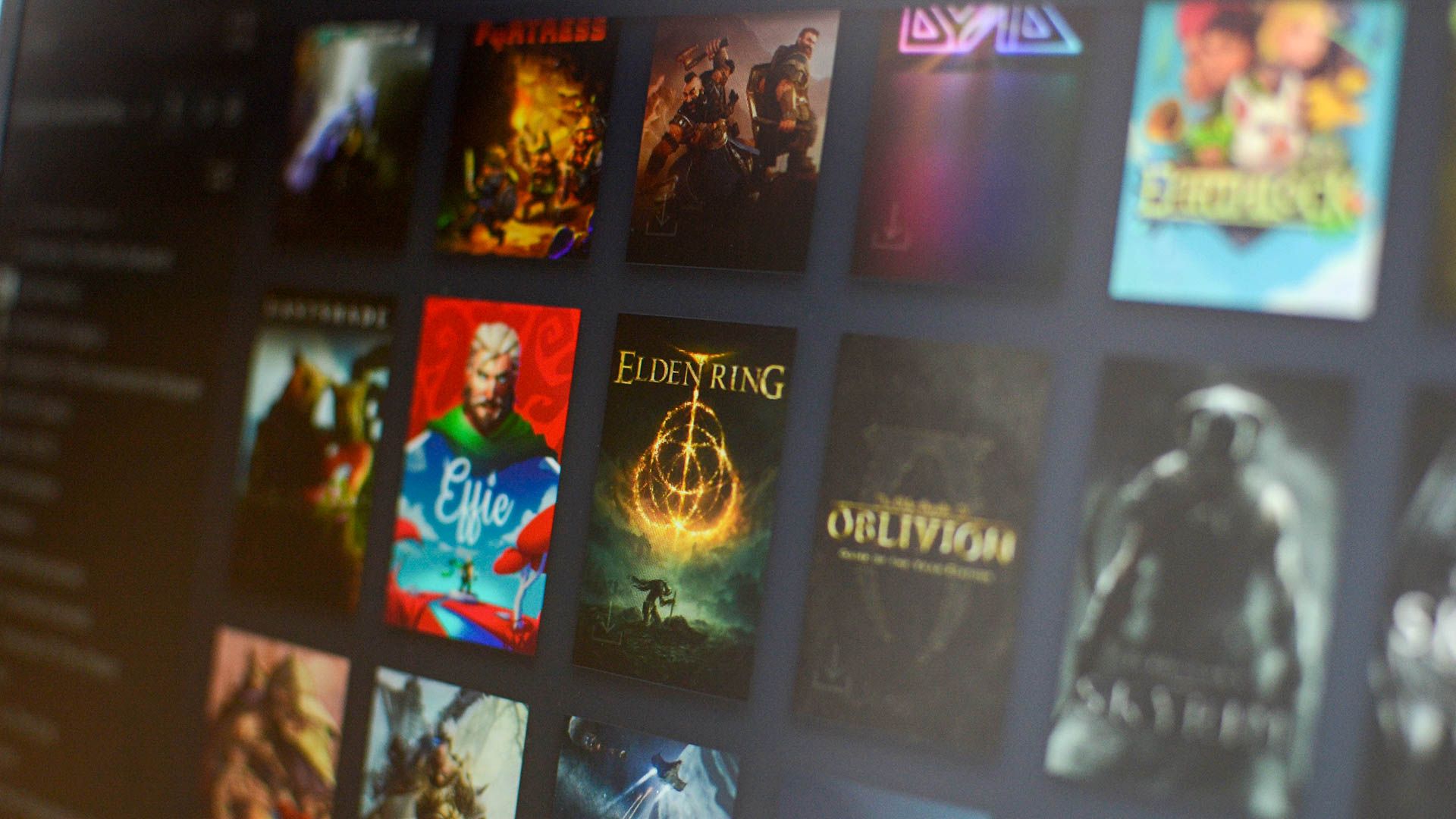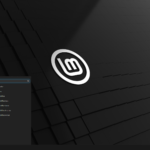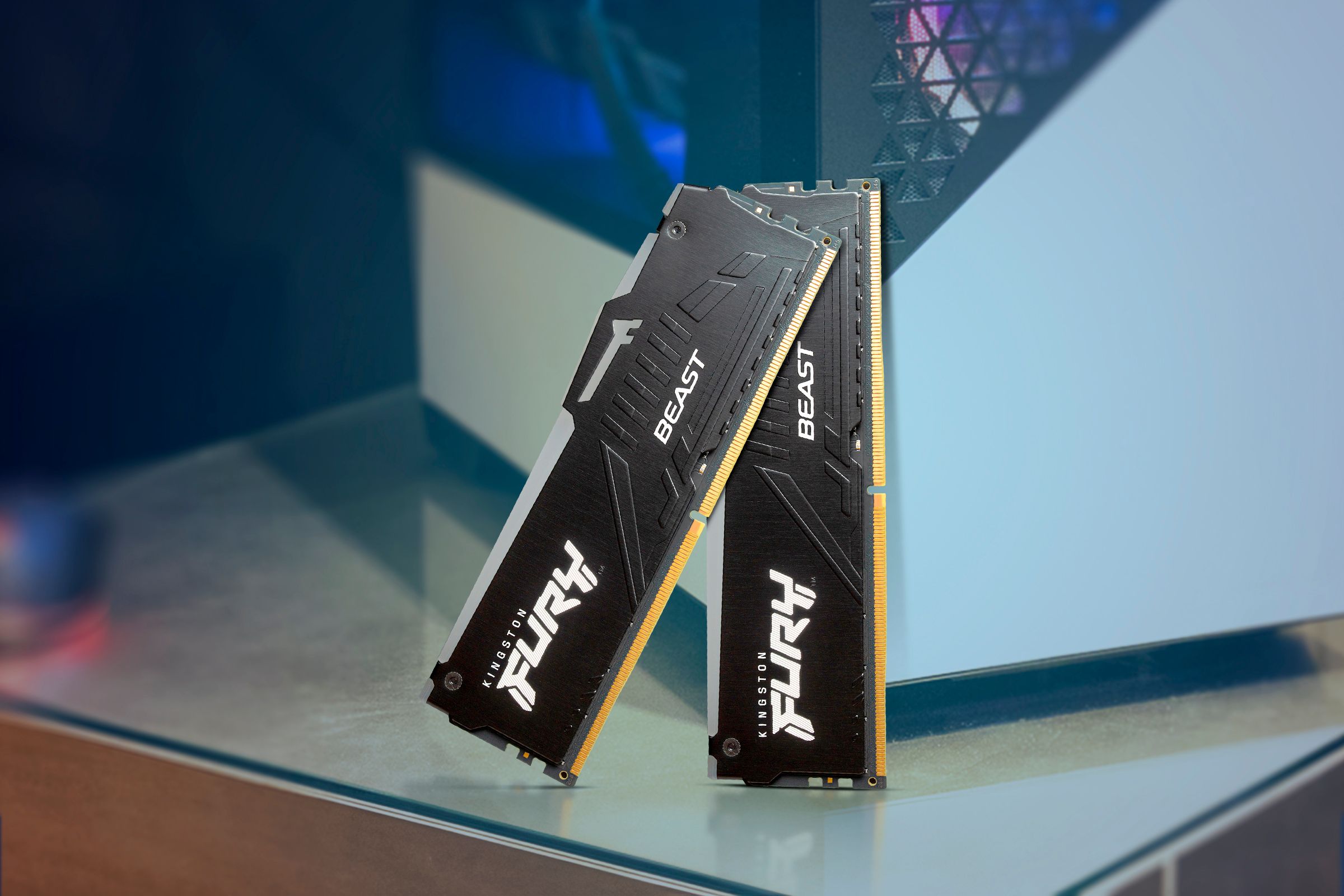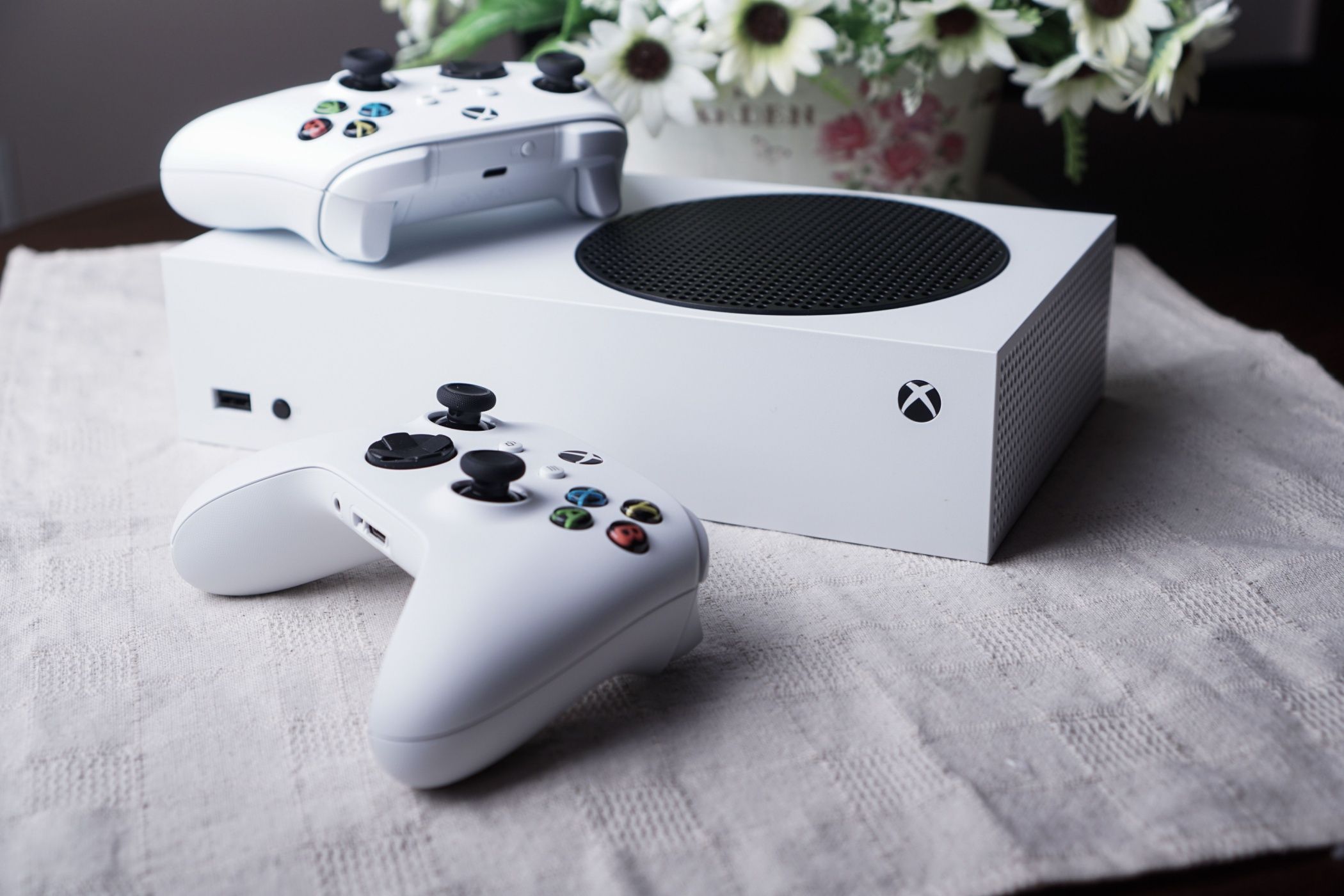5 Reasons I Won’t Run SteamOS on My Gaming PC Yet
PC Gaming
Quick Links
-
There’s No Stable Public Release Available
-
PC Game Pass Doesn’t Work on SteamOS
-
I Still Want Access to Multiplayer Games
-
I Don’t Want to Replace My GPU
-
A SteamOS and Windows Dual-Boot Can Be Tricky
While I believe that SteamOS will one day evolve into a worthy Windows alternative for PC gamers, I don’t think that day will come anytime soon. Despite loving SteamOS, its potential, and what it represents, here’s why I won’t install SteamOS on my gaming PC any time soon.
1
There’s No Stable Public Release Available
At the moment, the first result that appears when you type “SteamOS download” into your search engine of choice is SteamOS 2, a woefully outdated version from the era of Steam Machines. SteamOS 3, found on Steam Decks around the world and the main subject of this piece, is also free to download, but good luck making it run on your PC without issues (especially if you own an NVIDIA GPU, like I do).
In a nutshell, SteamOS 3 is optimized for Steam Deck, and while you can install it on any PC, you’ll most likely encounter various issues and limitations. NVIDIA GPU owners will be affected the most because SteamOS Game Mode won’t work at all, there will be issues with variable refresh rate (VRR) displays and high dynamic range (HDR). DirectX 12 games also suffer from massive performance downgrades on Linux in general, not just on SteamOS.
Considering all that, if I were to switch from Windows to another operating system for gaming purposes (I already switched to macOS for work), I’d like an “it just works” experience. However, the current state of SteamOS on PCs other than Steam Deck is anything but.
SteamOS is slated for a public release that should work on any PC. SteamOS public beta is expected in spring 2025, but you can bet it will take some time before it will “just work” on PCs due to the nature of a platform composed of millions of different hardware combinations.
That said, there are multiple gaming-first, Linux-based projects that do work without much tinkering on most PCs, such as Bazzite—the best of the bunch at the moment—PikaOS and ChimeraOS, to name a few. However, they all have issues with NVIDIA GPUs.
While Bazzite has implemented beta support for NVIDIA graphics cards that makes Game Mode work on NVIDIA GPUs, it comes with a slew of potential problems. These include poor frame pacing, HDR issues, random crashes, bugs, and more. I want to spend my time gaming on my PC, not tinkering and trying to make games work, so I’ll wait.
2
PC Game Pass Doesn’t Work on SteamOS
Even if SteamOS or Bazzite were to work perfectly and DX12 games would not suffer from massive performance degradation on NVIDIA GPUs, there is another hindrance preventing me from running SteamOS or any other Linux-based gaming project on my gaming PC. PC Game Pass, which I’ve been subscribed to since it debuted in 2017, is absent from SteamOS and Linux in general.
While I’m not a huge fan of subscriptions, I make an exception for PC Game Pass. As an omnivore gamer, I enjoy a ton of different genres, from sports and racing games to roguelites, metroidvanias, AAA open-world titles, and hardcore RPGs like Kingdom Come: Deliverance II.
PC Game Pass is a perfect service for someone like me, allowing me to try out tons of different games, discover new favorites and hidden gems at every corner, and save wads of cash I’d otherwise spend on games that I’d ultimately bounce off for one reason or another. I can also enjoy Game Pass on my ASUS ROG Ally, playing indie and older AAA games on it, while streaming demanding Game Pass games to the Ally from my desktop PC.
While I wouldn’t mind installing non-Steam games and launchers if I ever switch to SteamOS (I’ve done it on my Steam Deck and the process is pretty straightforward), losing access to PC Game Pass is a dealbreaker.
3
I Still Want Access to Multiplayer Games
While I almost exclusively play single-player games, I do like to occasionally break the mold with a multiplayer title. I spent more than 600 hours in Rocket League during its heyday, had a couple of stints in Destiny 2 and loved it, played Star Wars Battlefront II zealously for months, and have spent countless hours in various Battlefield games.
Currently, I’m enjoying Black Ops 6 multiplayer on the weekends (which I wouldn’t even try if the game weren’t on Game Pass), and I don’t want to lose access to multiplayer games by switching to SteamOS. These games depend on anti-cheat technologies that don’t work on Linux, which means that non-Windows PC gamers can’t play at all.
I want access to as many games as possible on my main gaming machine, and running a Linux-based OS on it, such as SteamOS, will prevent me from enjoying most multiplayer games out there.
4
I Don’t Want to Replace My GPU
It’s a known fact there’s a lot of bad blood between NVIDIA and the Linux community. While the company offers GPU drivers for Linux, there are still oodles of issues you may encounter if you try to game with an NVIDIA GPU on Linux.
While NVIDIA GPUs have been finally playing nice with Wayland (a windowing system on Linux distros) since about mid 2024, and while NVIDIA has been releasing open-source drivers for some time, there’s still a slew of issues that can mar your experience. VRR stuttering, issues with HDR, resolution scaling problems, issues found in specific desktop environments, and more.
Despite many Linux gamers rocking NVIDIA graphics cards reporting a near-flawless experience, a significant number of NVIDIA GPU owners still face a wide range of problems. In a nutshell, someone will find the experience great; someone else will pull their hair out and throw the PC out the window.
There are also issues with Gamescope, the main element of SteamOS’s Game Mode that allows users access to features such as VRR, resolution scaling, HDR, and more. While Game Mode can work, there’s a good chance you’ll run into various problems you won’t be able to solve because they’re random and do not appear on all systems with NVIDIA GPUs.
Also, don’t forget about the aforementioned performance degradations in DX12 games running on Linux that are only present on NVIDIA GPUs.
Valve is working hard to bring full support for NVIDIA graphics cards for the stable launch of SteamOS, but there’s still a lot of work to be done according to Pierre-Loup Griffais, one of the principal SteamOS developers.
In a recent interview with Frandroid (translated from French), Griffais stated that they’re working hard to improve support for different hardware but that “the integration of open source [NVIDIA] drivers is still pretty nascent. There’s still a lot of work to be done on that side.”
In other words, while NVIDIA Linux GPU drivers have seen massive improvements in recent years, there’s still a good chunk of issues to overcome before owners of NVIDIA graphics cards, myself included, can enjoy gaming on Linux worry-free.
5
A SteamOS and Windows Dual-Boot Can Be Tricky
Dual-booting SteamOS and Windows, something I would do if I were to switch to SteamOS, is a bit of a nightmare at the moment.
Valve doesn’t officially support dual-booting SteamOS with Windows, and trying to make both operating systems boot from the same storage drive requires a lot of tinkering. I might lose all my data from both operating systems if something goes wrong.
Luckily, I have multiple SSDs in my PC, so I can install SteamOS on a separate drive. I’ll do that just to check out how SteamOS runs on my machine once Valve launches SteamOS public beta.
But I won’t even consider fully switching from Windows to SteamOS until most of those issues and limitations are yesterday’s news. Until then, I’m still a Windows PC gamer.










